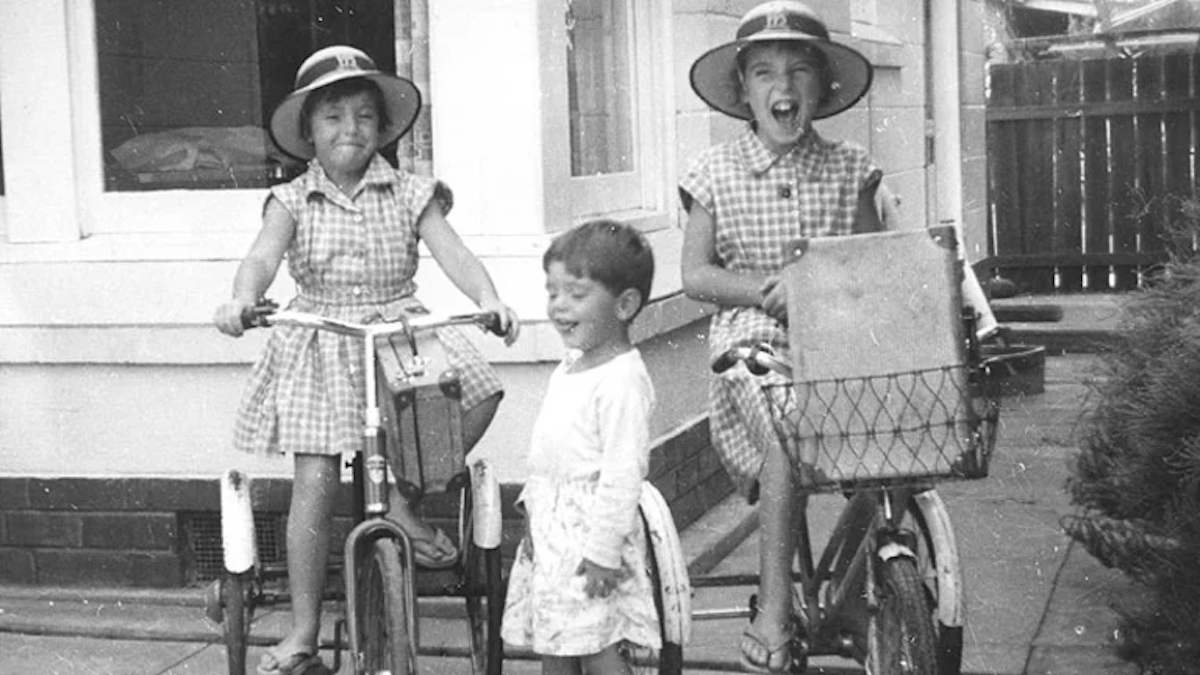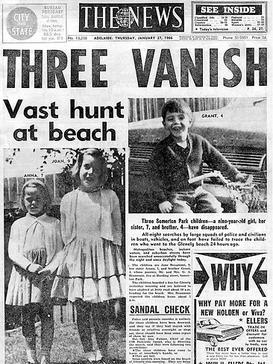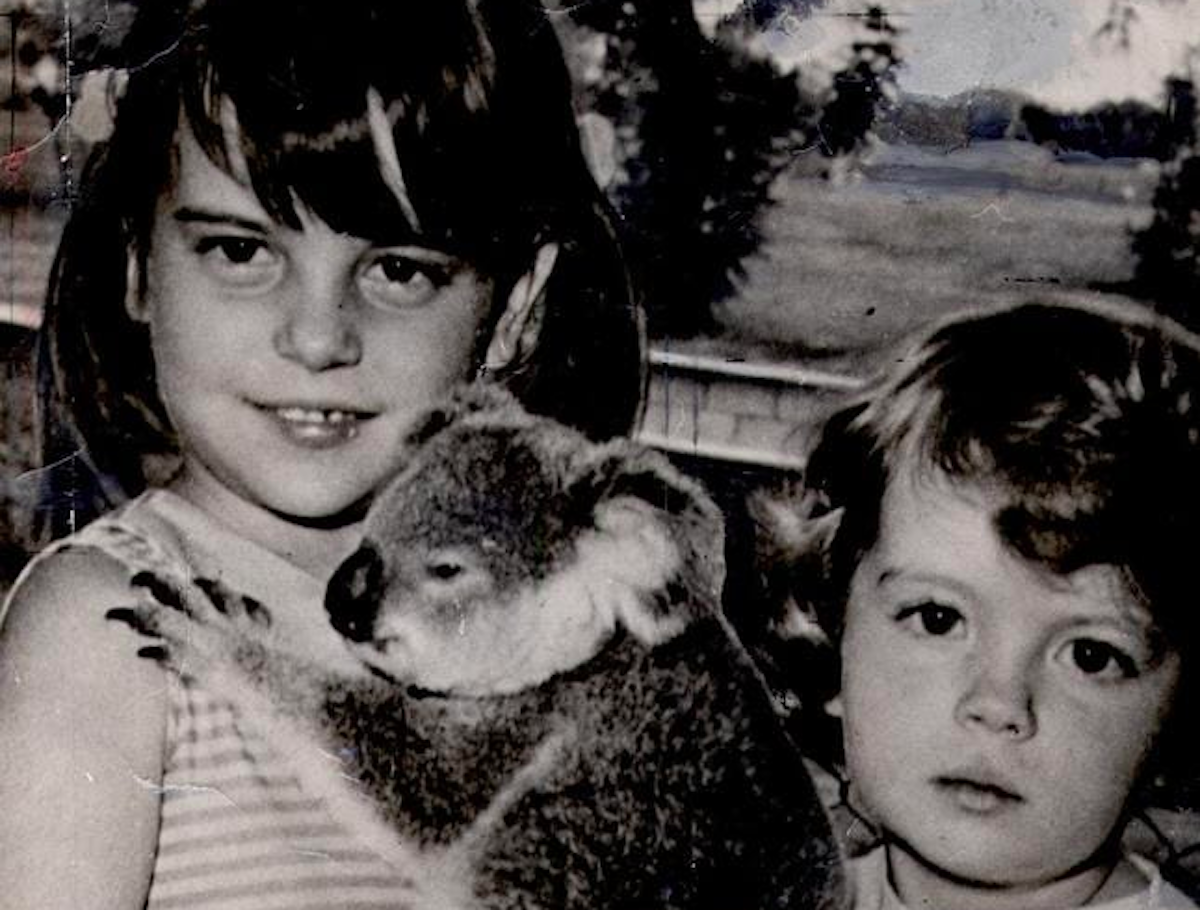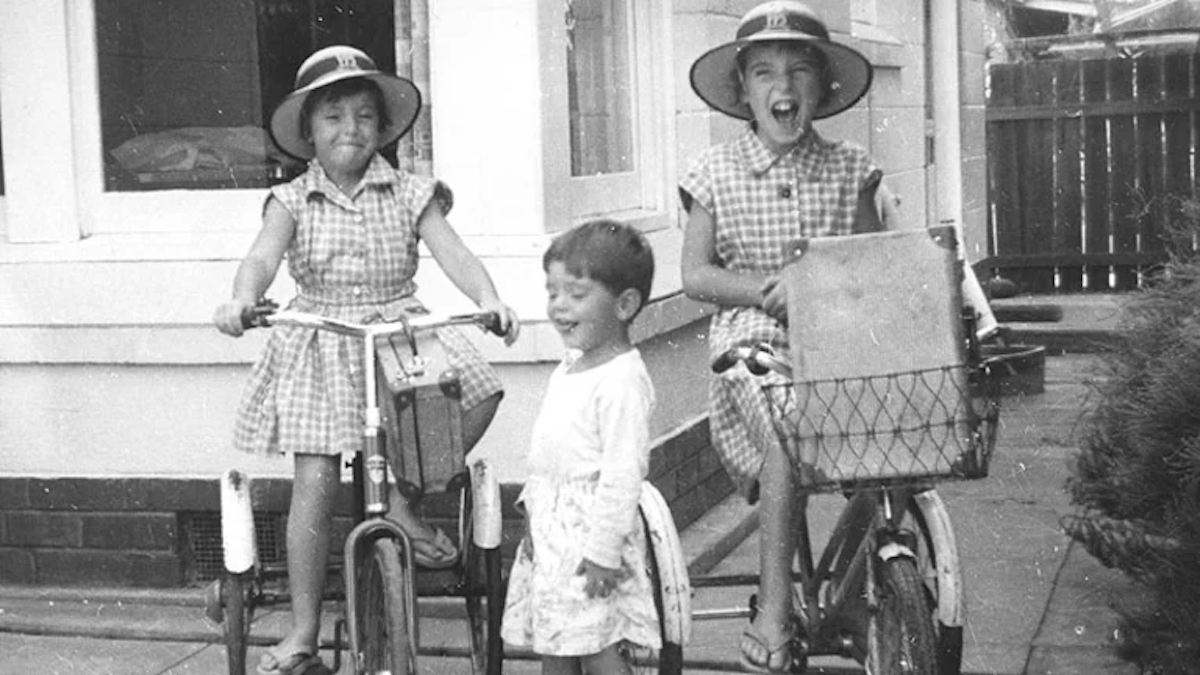In the annals of true crime history, few cases have captured the public’s imagination and haunted the collective memory of a nation quite like the baffling disappearance of the Beaumont children in Australia.
On the sun-drenched afternoon of January 26, 1966, three young siblings—Jane, Arnna, and Grant Beaumont—vanished from Glenelg Beach, South Australia, setting in motion one of the most enduring and perplexing mysteries in Australian history. Over half a century later, the case remains unsolved, leaving behind a trail of unanswered questions and heartache that has spanned generations.
The fateful day

Australia Day, a national holiday, was meant to be a day of celebration, but for the Beaumont family, it would forever be a day of heartache and uncertainty. Jane, 9, Arnna, 7, and Grant, 4, were excitedly preparing to spend a day at the beach, a routine outing for a family living in suburban Adelaide. Their parents, Jim and Nancy Beaumont, had no reason to suspect that this ordinary family excursion would culminate in an extraordinary tragedy.
The children had been granted permission to go to the beach alone, a common practice in those relatively safer times. In the morning, they set off from their home and made their way to Glenelg Beach, about a 15-minute walk from their house. Jane, the eldest, had been entrusted with the responsibility of watching over her younger siblings.
They were last seen at the beach around 10:15 AM, playing near the water’s edge, in the company of a tall, blond man who appeared to be in his mid-30s. This man, whose identity would become the center of the investigation, was seen engaging with the children, and it is believed that they willingly accompanied him.
The Investigation

When the children failed to return home by their 2:00 PM curfew, their mother, Nancy Beaumont, began to worry. She went to the beach to look for them, but found no trace of her children. Panic set in as the hours passed with no sign of Jane, Arnna, and Grant.
A massive search operation was initiated, involving hundreds of volunteers, police officers, and local residents. The community rallied together in a desperate bid to find the missing children. The search extended to neighboring towns and areas, but all efforts were in vain. Despite the widespread hunt, no concrete leads or evidence emerged to shed light on the children’s whereabouts.
As days turned into weeks and weeks into months, the search gradually wound down, and the once hopeful atmosphere of the community grew somber. The Beaumont family, torn apart by grief and uncertainty, lived with the constant agony of not knowing what had happened to their beloved children.
The Prime Suspect: The Mysterious Man in a Blue Speedo

The enigmatic figure at the center of the case was the unidentified man the children were last seen with on that fateful day. Descriptions from witnesses at the beach revealed him as a tall, fair-haired man in his mid-30s, wearing blue swim trunks or “speedos.” Despite extensive efforts to identify and locate this man, he remains a shadowy figure to this day.
Theories abound about the man’s possible involvement, but none have led to a breakthrough in the case. Some suspect that he may have been a pedophile or child predator, while others believe he could have been part of a criminal organization involved in child trafficking.
Theories and Leads
Over the years, numerous theories and leads have emerged in the Beaumont children’s case, but none have provided conclusive answers. The prevailing theory is that the children were abducted by a stranger or a person known to them. Witnesses reported seeing the children at the beach on the day of their disappearance, but they were never seen again. The assumption is that they were lured or coerced into a vehicle by someone they trusted or a complete stranger.
Some have speculated that the Beaumont children may have been victims of human trafficking. This theory suggests that they were abducted and taken out of the country, making it difficult for authorities to locate them. There has been speculation that the children may have fallen victim to a serial killer operating in the area at the time. Several unsolved child abduction cases in Australia during the 1960s and 1970s have fueled these suspicions, but no concrete evidence linking the Beaumont children to any specific serial killer has been found. Another theory is that the children may have drowned while at the beach, and their bodies were swept out to sea. Despite extensive searches, their bodies were never recovered, leaving room for this possibility.
A Nation Gripped by Grief

The disappearance of the Beaumont children sent shockwaves through Australian society, changing the way parents and communities approached child safety. The case marked a shift in the perception of safety, leading to heightened vigilance and tighter restrictions on children’s autonomy and independence.
The story of the Beaumont children remains etched in the collective memory of Australians, serving as a chilling reminder of the vulnerability of children and the enduring anguish of a family unable to find closure.
In 2018, a person came forward claiming to have found a small piece of paper in a suitcase, allegedly belonging to the Beaumont children. This discovery reignited public interest in the case, but subsequent analysis of the paper did not provide conclusive evidence. The case has seen numerous suspects, leads, and potential breakthroughs over the years, but it remains one of Australia’s most enduring and heartbreaking mysteries.
Ongoing Investigations and the Quest for Answers
Decades after the initial investigation, the Beaumont case remains open, and the South Australian Police continue to follow up on leads and review evidence. In 2013, the police conducted a forensic dig at a factory site that had a connection to the case, but it yielded no significant breakthroughs. The case file is regularly reviewed, and new technologies and investigative techniques are employed in the quest for answers.

The disappearance of the Beaumont children on that fateful Australia Day in 1966 has continued to perplex and haunt the nation for over half a century. The enigmatic man in the blue speedos, the countless theories, and the absence of concrete evidence have all contributed to the enduring mystery of their fate.
While the case remains unsolved, the memory of Jane, Arnna, and Grant lives on, not only as a reminder of the tragedy that struck the Beaumont family, but also as a testament to the enduring power of a nation’s hope for answers. Australia’s greatest cold case remains open, waiting for the day when the truth will finally come to light and provide closure to a family and a nation that has carried the weight of this mystery for far too long.

